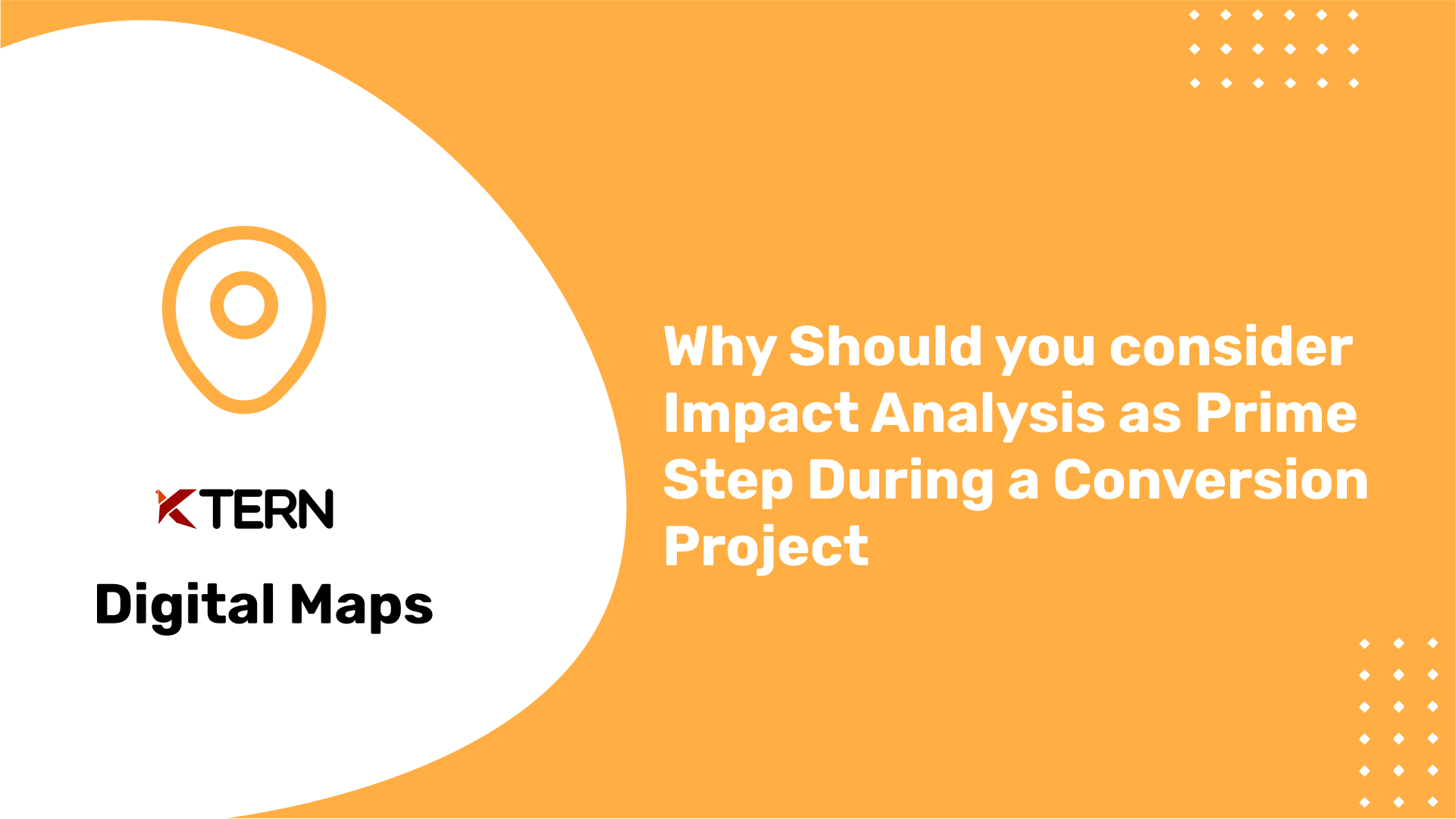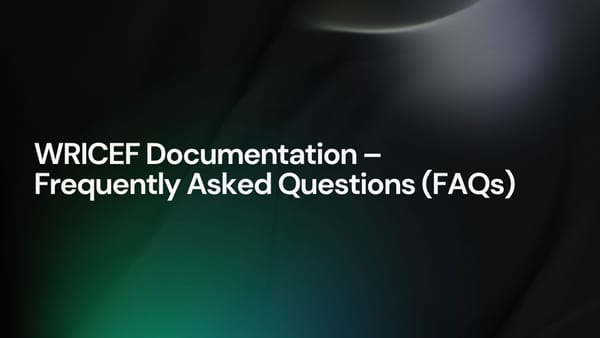Why Should you consider Impact Analysis as Prime Step in a Brownfield Approach for S/4HANA
In my previous article, I illustrated the various problems faced during SAP S/4HANA conversion and how KTern an all-in-one product suite built for SAP Digital Transformation can help enterprises realize a smooth transition to SAP S/4HANA. In this article we will have a look at why you should consider Impact Analysis as Prime Step in a Brownfield Approach.
Table of Contents:
- Introduction
- Understanding SAP Systems
- Let’s get this straight, Brownfield is no EHP Upgrade
- Am I mad enough to still go for a brownfield conversion after all this?
- So what can be done?
- KTern — The Super Tool for S/4HANA Impact Analysis
- Next Steps and Questions
- Conclusion
Introduction
SAP themselves offer a wide range of conversion services to help optimize the use of SAP technology. Their portfolio of tools, resources, and fast-track programmes support the ability of enterprises to move from legacy/non-SAP technologies to an SAP landscape. In order to migrate to SAP S/4HANA, the first and the most important step is to assess the readiness of the existing ECC system. In this article, we’ll discuss why KTern’s Impact Analysis is crucial for any conversion project.
Understanding SAP Systems

-
While SAP’s conversion path appears to be a walk in the park, the reality is far more complicated. More often than not, real world use cases don’t turn out as planned. But that is how businesses operate, Customers often work in a hyper customized framework (The reason why they chose ECC in the first place).
-
There are several entangled data streams from different sources, application dependencies and multiple other disparate systems. These systems working in silos must be touched and revamped for an enterprise upgrade. Therefore, it becomes a humongous task and sometimes it can be an ALMOST impossible thing to do.
-
In those cases, enterprises may have to start from scratch. The challenges get exponential when the consultants who implemented the landscape leave the firm and with that the knowledge of the landscape also disappears. In simple words, nil documentation is available on what the landscape is all about.
-
The problem keeps piling up when the system integrator does not have a proper change management in place. A conversion project can actually go into a spiral curve of void.
Let’s get this straight, Brownfield is no EHP Upgrade
A Greenfield implementation is a completely different story with respect to the design and BBP phases. These phases help in documenting the business processes and leave a digital footprint on how the businesses are structured or architected. But same is not the case in a conversion project. Conversion projects tend to follow a LIFT and SHIFT methodology where the movement to SAP S/4HANA is attributed to preparing the system and the Software Update Manager (SUM) tool do its job.
Recent research from PriceWaterhouseCoopers on SAP S/4HANA transformation suggests that conversion projects slump down due to these main roadblocks:

Complex current landscapes
Though SAP S/4HANA simplifies and brings in a lot of improvements in the business process, the time and effort required to transform the current landscape to adapt to those simplifications is monumental. Conversion teams must consider various dependencies such as localizations, custom codes, interfaces, add-ons, and workflows.
Customizations
The wealth of companies that run on SAP ECC invest their time and money on several customizations which in turn helps in bringing revenue to the firm. Years of AMS support and Change Requests also aids in building the landscape. An EHP upgrade used to be simple enough for tools like Panaya, but a system conversion to SAP S/4HANA is a completely different story. The simplification impacts several aspects of the project, right from data fields like MATNR to data model denormalizations like ACDOCA and MATDOC.
Master Data Inconsistencies
It is necessary to understand how clean the landscape is, especially for a brownfield conversion. Poor data quality poses challenges, and companies are advised to clean-up the quality first.
Am I mad enough to still go for a brownfield conversion after all this?
The main reason organizations go for brownfield approach is that the disruption and involvement of businesses is comparatively lesser, and it helps to achieve higher Total Cost of Ownership (TCO). The existing business processes are moved “AS IS” based on the existing elements in SAP ERP. On the other hand, a greenfield implementation gives an opportunity to start from scratch and design the business with a clean slate.
However, KTern’s Impact Analysis gives an opportunity to undertake an approach that is a blend of both greenfield and brownfield. It brings the benefits of both these approaches to the table. You get to selectively move your processes, interfaces or custom codes, and that way, you can see a huge chunk of your current data getting reduced.
So what can be done?
Everytime people talk of SAP S/4HANA conversions, the one thing that comes to my mind is THE TITANIC. A beautiful wonder (imagine your current ECC Landscape) setting sail on rough seas of the Atlantic, and not aware of the impending dangers of the ICE BERG standing right in your path.
KTern — The Super Tool for S/4HANA Impact Analysis

Here’s where KTern comes in. The problems mentioned above are just the tip of the iceberg. The actual problems go deep and very deep.
How can KTern’s Impact Analysis help organizations get through this TIP? Well, KTern is built in such a way that enterprises can see its benefits right from the start of the conversion project or even before that. The product is developed by people who understand SAP and who have been in SAP ecosystem for more than a decade. Let’s get into it then:
Overview of the offerings of KTern's Impact Analysis module
- Landscape Assessment
- Interfaces and Connections
- Business Process Assessment
- Custom Object Assessment
- Housekeeping Assessment
- S/4HANA Innovations Assessment
- Licensing Assessment
- Security Assessment
- Testing Strategy
- Training Strategy
- Infrastructure & Deployment Strategy
- System Conversion Approach and Methodology
- Dual Development Strategy
- Cutover Strategy
Impact Analysis for S/4HANA Migration
We would deep dive into each of these value points and how they make a difference in your S/4HANA journey in the subsequent articles.
Next Steps and Questions
Why not SAP Readiness Check? Or other assessment tools like Panaya, Datavard, and Haneya ? How is KTern different from the other tools available in the market? Of course, Impact Analysis from KTern is different.
How long do you think it would typically take for SAP’s Readiness Check or any of the other tool to assess your landscape? How do they connect to your landscape? You must talk to them to get yourself their Business Configuration sets. Involve your BASIS Person to install it and run against your system. Upload them into their website and wait up until you have a report generated to you. (YAWNING)
The impact analysis module connects to the SAP landscape through a connector, assesses the system, and generates the assessment report. You can read more on how KTern performed the SAP S/4HANA Readiness Assessment for an e-services provider in Saudi Arabia here.
Now, how do businesses make an inference out of these data?
Here is where KTern brings its HANAPEDIA, and it actually walks you through on:
| Questions answered by KTern's HANAPEDIA |
|---|
| 1. What the item is? |
| 2. Why is it being analysed? |
| 3. How can it affect your system? |
| 4. Who is to be involved? |
| 5. Where in the project is this required? |
| 6. Whose responsibility is it? |
| 7. When should this be considered? |
Apart from these, the management capabilities of KTern substantiates these above questions and facilitates the business to find answers to them.
Conclusion
Curious to learn more about KTern and its role in SAP S/4HANA Conversion? Contact us with your queries or schedule a guided demo for an express session on KTern and its features for SAP S/4HANA Conversion.




